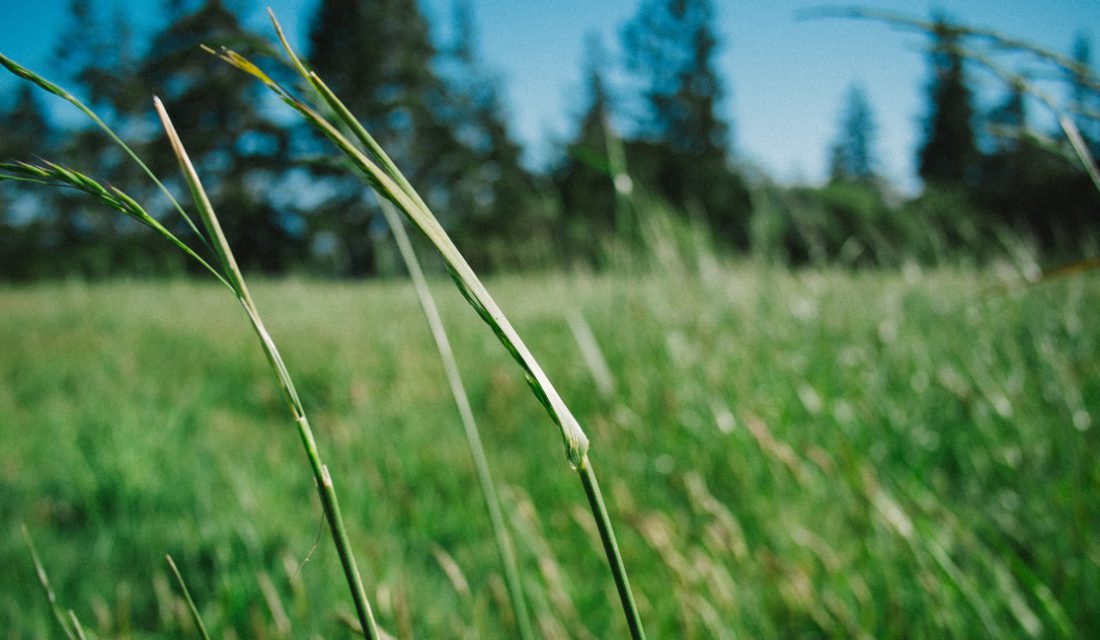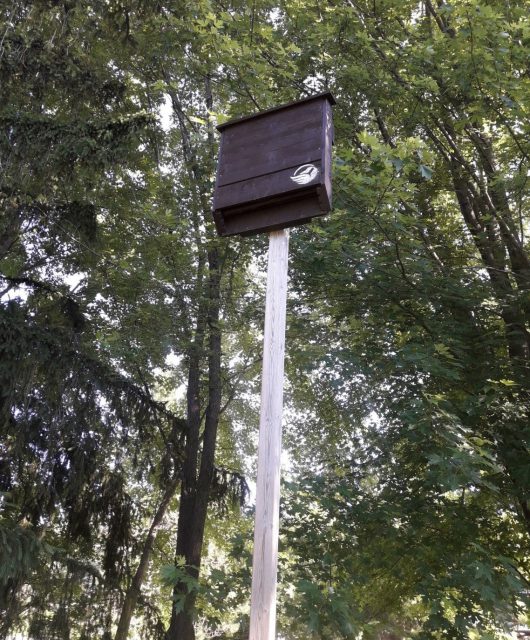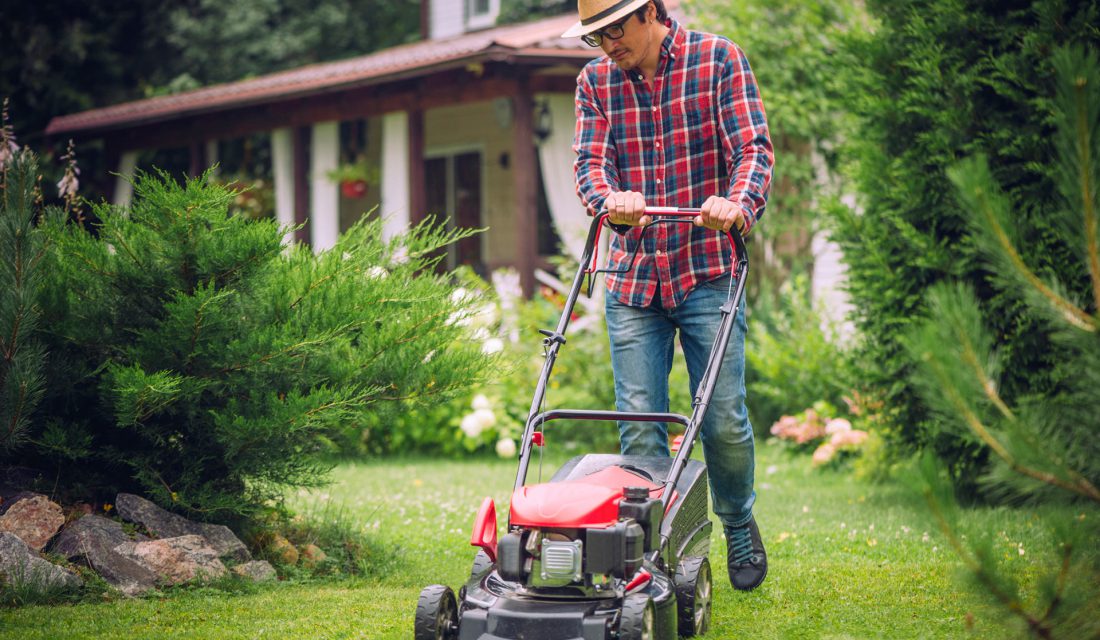The word lawn once evoked images of picnics and playing children.
A putting-green perfect plot of grass became a symbol of prosperity. But our growing obsession with the immaculate turf meant a growing dependency on chemicals.
In recent years, increasing awareness of the harmful impacts of pesticides and fertilizers on human, wildlife and environmental health has resulted in widespread rejection of the belief that all is justified in the struggle for a blemish-free lawn.
Today, communities are divided. On one side are people who feel that a beautiful lawn is not worth the risk to human and environmental health. On the other are those who fear that their lawns will be devoured by insects and choked by weeds if they give up chemicals.
In fact, you don’t have to choose between green grass and a healthy environment. By understanding how your lawn works, you can create a vibrant, chemical-free green space. Here’s how:
1. Grass Type

- Choose top-quality grass suited to local climate.
- Kentucky bluegrass is popular for its aesthetic appeal but needs to be mixed with other grasses for strength.
- Perennial rye grass germinates quickly, suits our northern climate, and strengthens lawns.
- Fine fescue grass often produces an internal fungus for insect resistance.
- A resilient lawn combines these three grass types.
2. Fertilizer
- Chemical fertilizers are major polluters of waterways. Washed into our water systems they encourage algal growth, which robs aquatic life of necessary oxygen.
- Quick-release chemical fertilizers encourage explosive top growth at the expense of proper root development. This creates shallow-rooted, chemical-dependant lawns susceptible to insect damage and drought.
- Chemical fertilizers can kill off microorganisms that are needed for healthy soil.
- Grass clippings left on your lawn allow nutrients to be recycled. Since they are 90 percent water, they decompose quickly. (During times of rapid growth, use excess clippings as mulch or add them to your compost.)
- Organic fertilizers improve soil texture, prevent disease, stimulate soil microorganisms, and release nutrients slowly, allowing the strong, healthy growth of your lawn. Sifted compost or well-aged manures are excellent choices.
- The best time to fertilize your lawn is in autumn, after the first hard frost
3. Mowing
- Remove no more than one-third of the grass blade at any one time.
- Leave the grass at least seven centimetres high to allow your lawn to retain moisture, develop a deep, healthy root system, and shade out weeds.
- Keep lawnmower blades sharp.
4. Watering
- Water thoroughly and infrequently to promote a deep-rooted lawn that resists drought and insect damage.
- Provide two to three centimetres each time you water. Use empty tins around the lawn to track how long it takes to give the correct amount.
- Allow the top three or four centimetres of soil to dry out between waterings. (About once a week depending on weather.)
- Early morning is the best time for watering.
5. Insects

- Extensive insect damage is often a sign of an unhealthy lawn. Use compost, keep the grass long, and allow topsoil to dry out between waterings to discourage pests from establishing themselves.
- Invite insect-eaters like birds, bats, and toads, by providing them with habitat.
- If an infestation does occur, accurately identify the problem pest and use appropriate organic controls.
6. Weeds
- A healthy lawn is the best defence against weeds, which often indicate poor soil.
- Allow the grass to grow tall enough to shade out weeds.
- Add grass seed to fill in bare spots.
- Clover enhances lawn health by fixing nitrogen, improving soil texture, and attracting beneficial insects.
- Learn to tolerate a few weeds. They add colour to the landscape.



1 comment
In England the Queen’s lawn contains many herbs. This gives a fragrant and resilient lawn, good enough for everyone. The other thing is that shady areas need different plants from sunny, and different soil types may determine what will grow best. I grow a garden and have enough vegetables for self and friends.
Lawns are actually a very wasteful use of land, requiring too much water and work, even if you don’t use any chemicals. Recent changes because of Covid-19 have more people growing vegetables. Fresh organic veg. from the garden are better food, save money and are Climate friendly as commercially grown, transported and marketed produce has a huge environmental cost and usually is heavily dependent on chemicals and also subject to waste. Even a small garden or containers can grow tomatoes, greens, peas and beans, etc.